




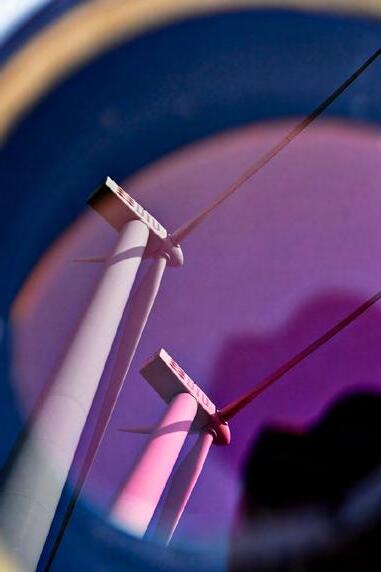
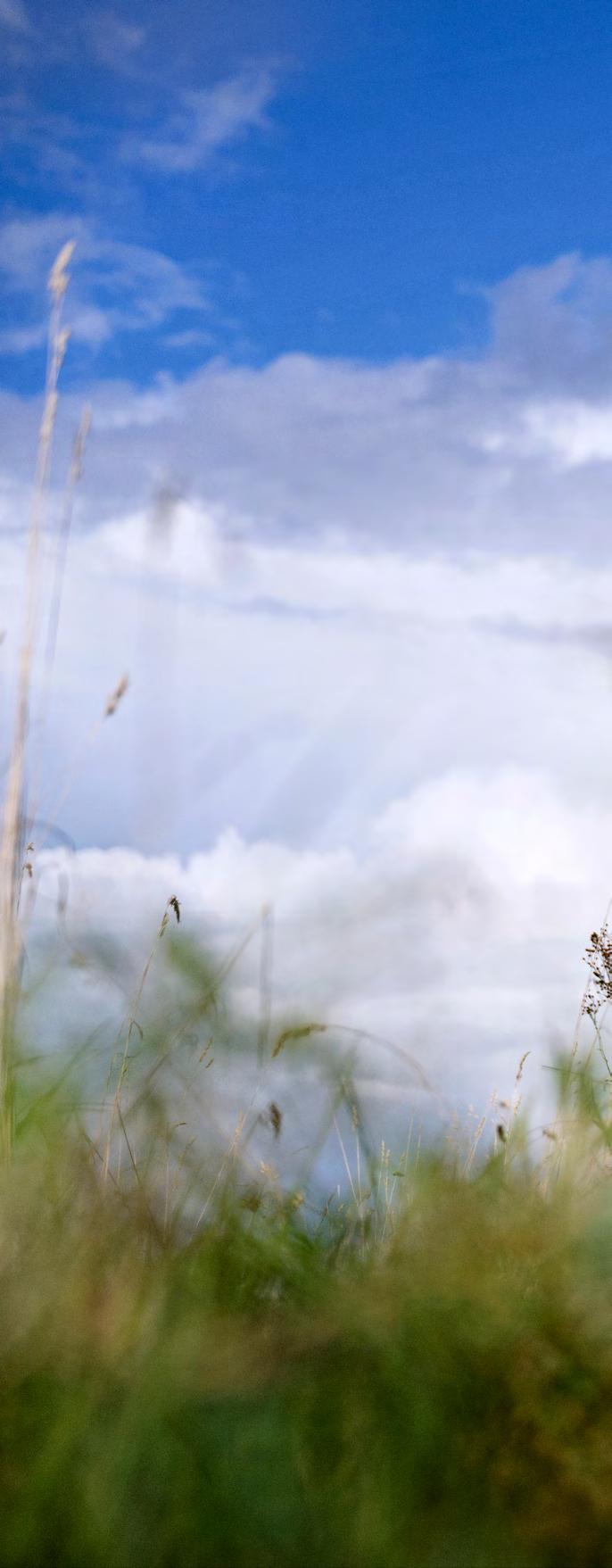

“The energy world is transforming rapidly, and a true energy system revolution is underway.”
At DTU Wind and Energy Systems, we are adapting to the speed of the transformation to set our mark on the green transition through research, education, innovation and science-based advice. We collaborate with more than 400 companies and organisations worldwide to address the grand challenges, discover new solutions, and train the next generation of engineers. Our ambition is to be the global go-to knowledge partner that researchers, public authorities, and industry reach out to when looking for the best minds in the field.
Morten Jeppesen, Head of Department
The energy world is transforming rapidly, and a true energy system revolution is underway. At DTU Wind and Energy Systems, we are adapting to the transformation to set our mark on the green transition in the most effective and relevant way possible.
Our strategy builds on the department’s global legacy of contributions to the energy sector and its key role in supporting the shift towards a renewable energy system.
This year, the world reached 1TW installed wind power capacity. We are set to have ten times as much to reach the net zero targets by 2050. Solar and other renewables will grow the same. This requires a massive amount of research and innovation in new technologies.

Our vision
A society fully powered by renewables with wind as its backbone.
Research is fundamental in achieving a decarbonised society by 2050. We believe that the development of technologies, the systems that integrate them, the rules that govern them, and the actions of people who inhabit society are all part of the solution.

Our mission
Lead by scientific excellence and impact-driven research that enables a sustainable, large-scale deployment of wind energy and the development of an integrated and resilient energy system. By focusing efforts and investments on projects with the highest impact potential, addressing bottlenecks towards a 100% renewablebased energy system, and supporting Danish and Euro pean leadership in wind power.
Our research is guided by impact, focused on addressing key barriers and developing opportunities to achieve a 100% renewable energy system and support continued Danish and European leadership in wind energy.
We lead large-scale trend-setting projects with world-class partners to set the standards for new developments in the energy sector.
Guided by impact
Lead large scale trend-setting projects
Fertile environmet for breakthrough research
The goto global knowledge partner
Develop our organisational capacity
Grow and develop our department by building teams
We develop our organisational capacity and professionalism across the management of facilities, tools, data, and people to fully unlock the powerful synergies.
We provide a fertile environment for breakthrough research based on an academic culture of excellence and access to state-of-the-art facilities.
We grow and develop our department by building teams that can attract the best minds to work together across scientific disciplines to offer unique integrated solutions to partners.





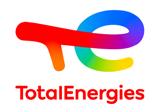























New ideas and solutions are developed through collaboration. At DTU Wind and Energy Systems, we work with companies, public authorities and research organisations worldwide. We do so in direct bilateral collaboration or through our 250 ongoing research projects.
When working with partners, we utilize our suite of software, state-of-the-art test facilities and the competencies of our +450 researchers, engineers and technicians to push the boundaries of wind energy technologies and energy system solutions.
150 Academic partners
280 Business partners
42 Different countries
250 Research projects
Advancing the next generation of wind energy
Designing a resilient renewable-based energy system
Educating tomorrow’s technology leaders in renewable energy systems
Enabling a fast and fair, sustainable energy transition
Our research spans the full spectrum of wind and energy systems. From investigating nanoscale structures to macroscale atmospheric flow; from designing the turbines of tomorrow to the digital energy solutions of the future; from developing electric power systems to exploring more democratic processes for project planning.
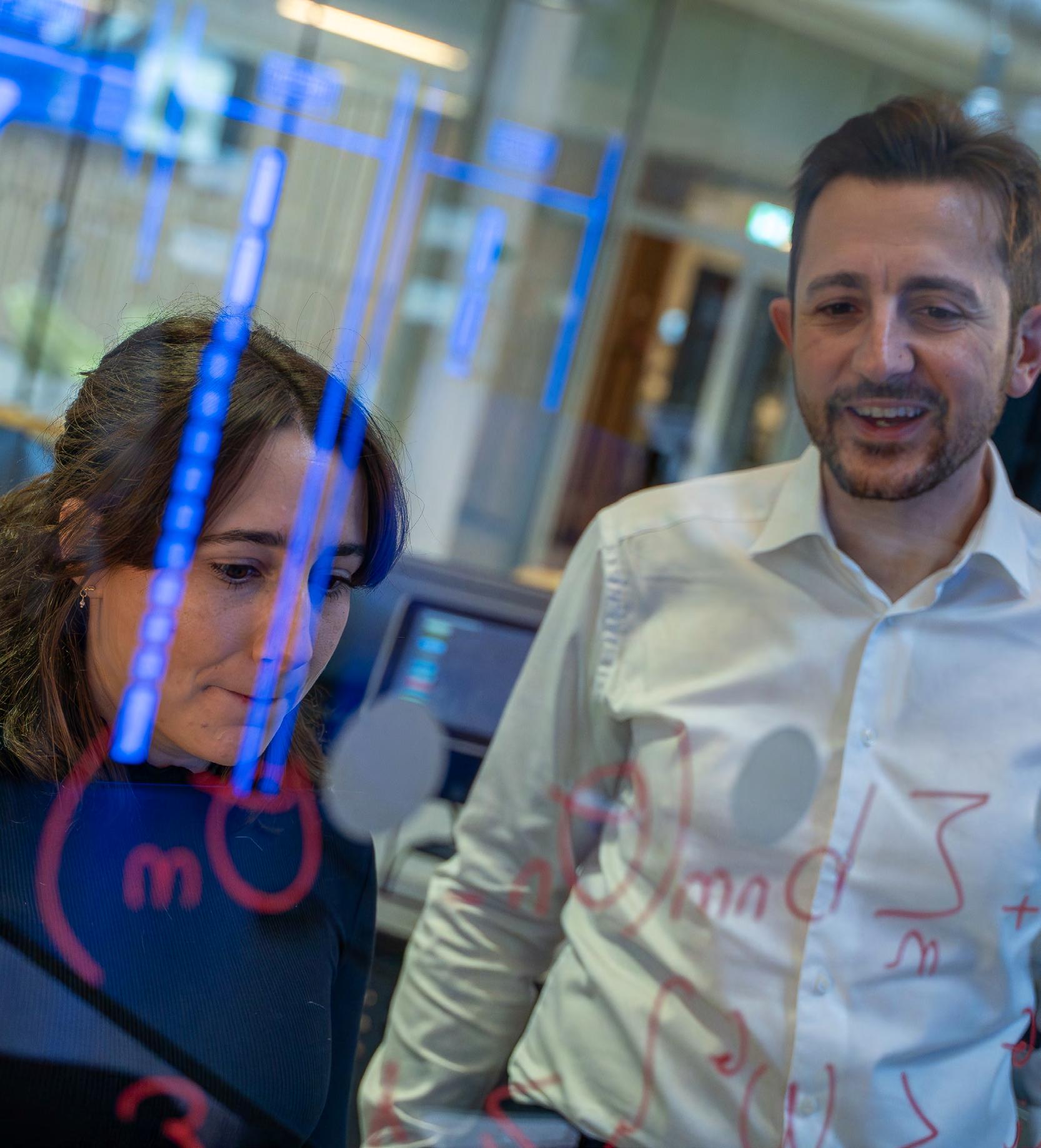

We provide research-based consultancy on five continents. In collaboration with the Danish Energy Agency and partners, we support national and regional capacity building through training and the establishment of test centres.
• Wind Atlas for South Africa (WASA4)
• Wind resource assessment in Ethiopia
• Improving wind resource assessment in Egypt
• Feasibility study for onshore wind in Ukraine
• Pre-feasibility study for offshore wind in Egypt
Scientific, peer-reviewed articles in WoS indexed journals
Publications are the public documentation of our work, the quality of which is tested through scientific peer review and ensured by the global renewable energy community’s widespread use of our methods and results. This strengthens our strategic aspiration of being the go-to global knowledge partner.

225
Scientific, peer-reviewed articles in other journals
Scientific, peer-reviewed contributions to conferences
Other publications from DTU Orbit (excl. patents)
PhD theses
116
108
209
20
678

At DTU Wind and Energy Systems, innovation occurs at the intersection of our research and the needs of the industry.
We have pioneered hard- and software solutions in areas such as:
• Advanced remote sensing technologies
• New hybrid composite materials
• Software suites for components, turbine design, and windfarm siting
• Tool for real-time power system stability management
• Tool for real-time data management and data-driven innovation
Nurturing future talents for the green transition is of vital importance to us; we want to pass on our knowledge to the next generation of wind energy and energy systems engineers.
We offer a BSc in Sustainable Energy Design, an MSc in Wind Energy, the European Wind Energy Master (EWEM), and the wind energy specialisation in the Sustainable Energy programme.
167 BSc. Students
162 Supervised master theses
107 PhD fellows
342 MSc. Eng student FTE
185 Online masterparticipants
164.000 Massive Open Online Course
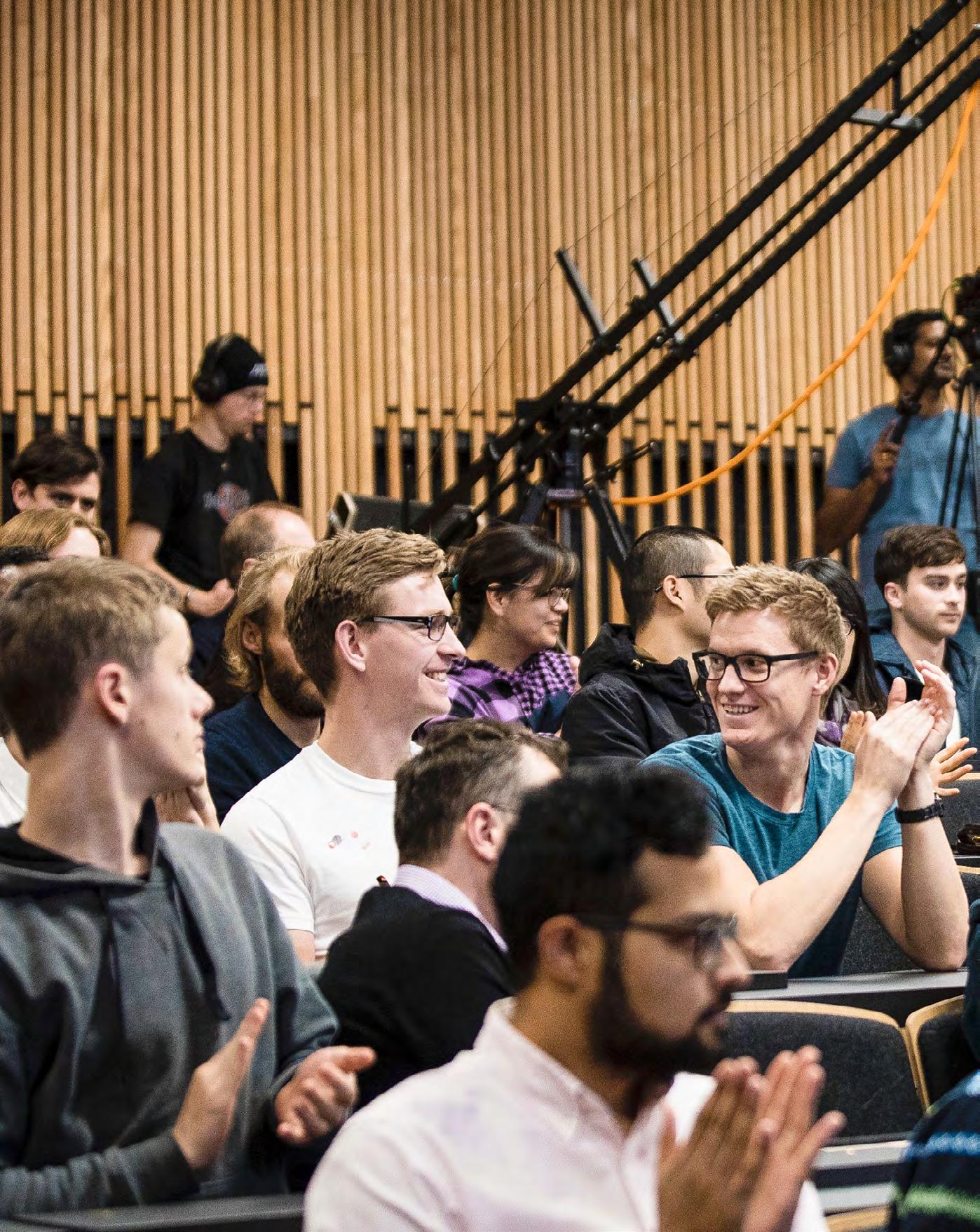

We operate some of the world’s most advanced research infrastructure and test facilities for wind and energy systems. Researchers and companies can test everything from nano-scale materials, large-scale structures, fully powered demonstrations of turbines to stability and balancing the grid infrastructure.
Østerild Test Centre
Høvsøre Test Centre
Poul la Cour Tunnel
Large Scale Facility BladeLab
Risø Research Turbines
Risø Hybrid Power Plant
Rain Erosion Test Facility
LIDAR Measurements
Material Lab
PowerLabDK
AC/DC Power Lab
SYSLAB
Smart Converter Lab
Control Center Lab
Electric Vehicle Lab
Digital Energy Lab
Power Student Lab
High Voltage Lab
Innovation Island
Wind ressource assessment, siting and energy yield calculations
Python-based API for running WAsP models
Wind conditions for fatigue loads, extreme loads and siting
Wind Farm Optimizer
Horizontal Axis Wind turbine simulation Code 2nd generation
Aero-servo-elastic stability tool for wind turbines
Beam Cross section Analysis Software
Open source tool for wind farm flow modelling
Tool to simulate wind and solar generation time series
Digital Twin of SYSLAB
Real-time data management system
Tool for real-time power system stability management software

investigate wind ressources while taking both terrain effects and wind turbines
effects into
10% Research subsidies (Core government funding)



DTU Wind and Energy Systems is organised in four divisions and 22 sections.
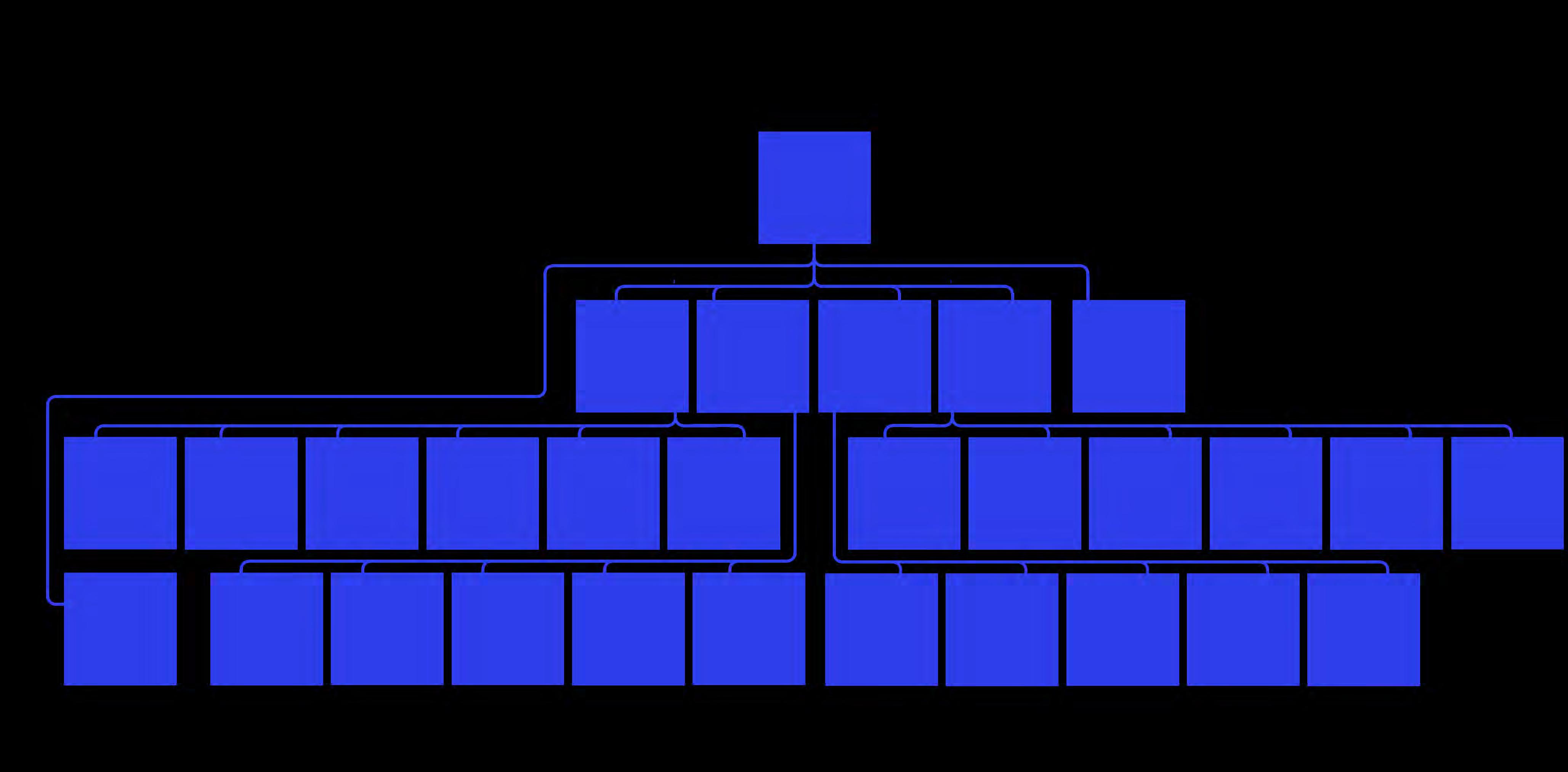
Mechanical Design, Materials, & Additive Manufacturing (MDM)
Composites
Analysis and Mechanics (CAM) Head of
Aero- and Fluid Dynamics (AFD)
Response, Aeroelasticity, Control and Hydrodynamics (REC)
Airfoil and Rotor Design (ARD)
Management
Head of Department Morten Jeppesen
Wind Turbine Design (WTD)
Wind Energy Systems (WES)
Head of Division Kenneth Thomsen
Head of Division Lena Kitzing
Power and Energy Systems (PES)
Administration & Business Support (ADM)
Head of Division Jacob Østergaard
Head of Administration Søren Knudsen
Department Coordinators
Education - Joachim Holbøll
Scientific Advice - Birte Holst Jørgensen
National Test Centre coordinator- Peter Hjuler Jensen
Test Centre Manager - Allan Vesth
Innovation - Frida Frost
Arranz
Structural Integrity and Loads Assessment (SIL)
Head of Section Athanasios Kolios

Energy Markets and Analytics (EMA)
of Section Jalal Kazempour Power Systems (PWR) Head of Section Nicolaos A. Cutululis
Power-to-X and Storage (PTX)
Distributed Energy Systems (DES)
of Section Chresten Træholt
of Section Henrik Bindner
E-mobility and Prosumer Integration (EMP) Head of Section
Measurement Systems and Methods (MEM)
Head of Section Michael Courtney Resource Assessment and Meteorology (RAM)
Head of Section Jake Badger
Meteorology and Remote Sensing (MES) Head of Section Jakob Mann System Engineering and Optimization (SYS) Head of Section Pierre-Elouan Réthoré Renewable Plants in Energy Systems (RES) Head of Section Gregor Giebel
Society, Market and Policy (SMP) Head of Section Ulrich Elmer Hansen
(PLK)



Back: Close-up of the awardwinning Material Lab building at Campus Risø